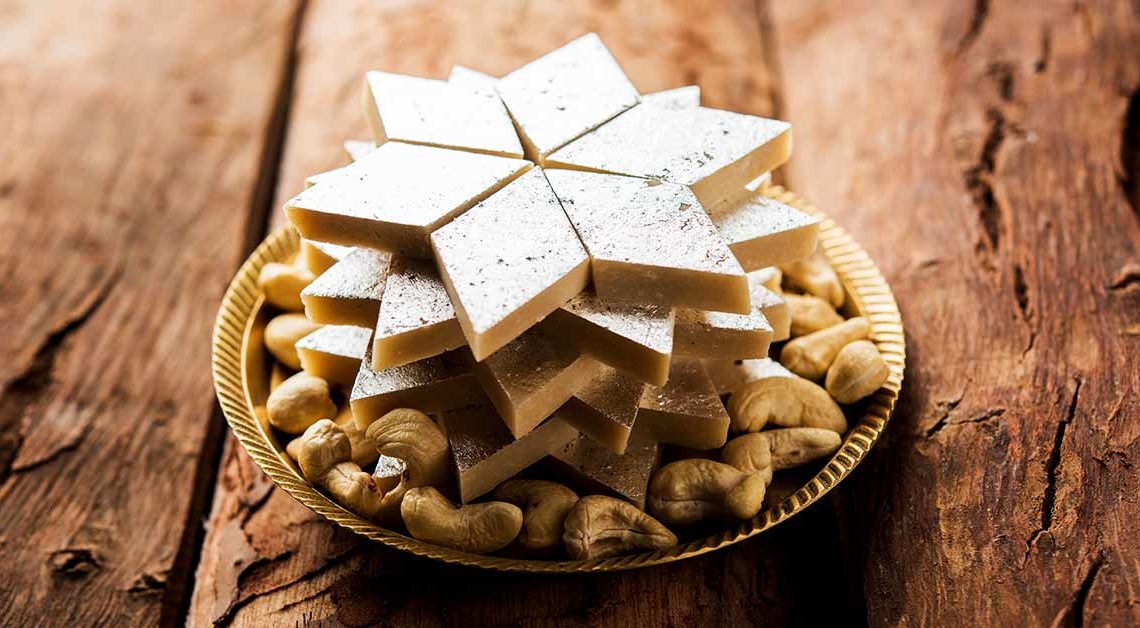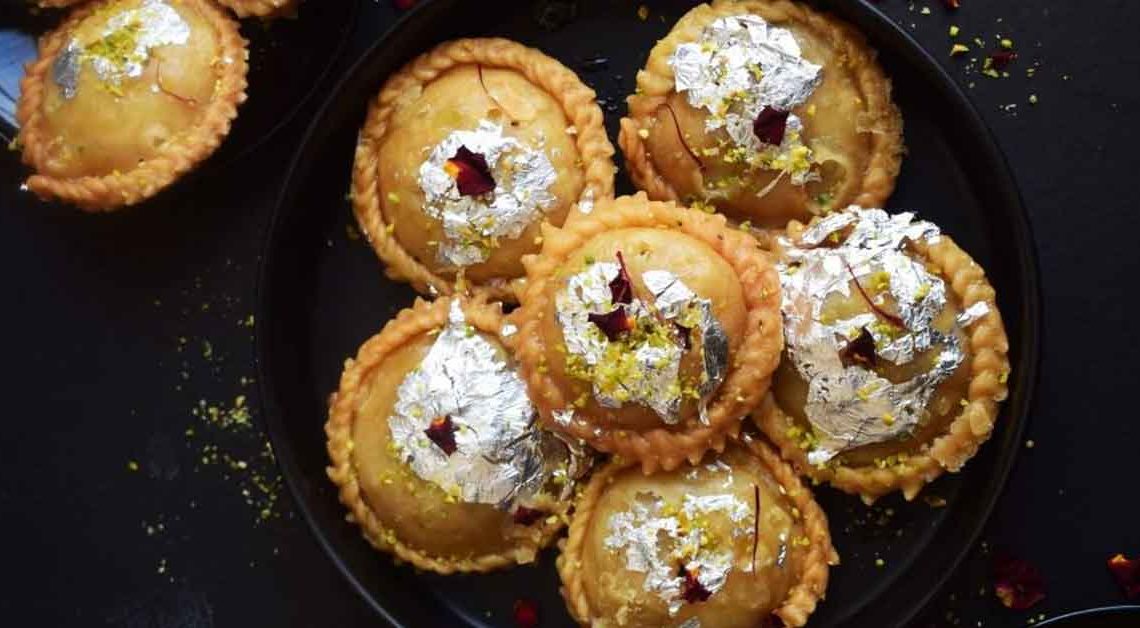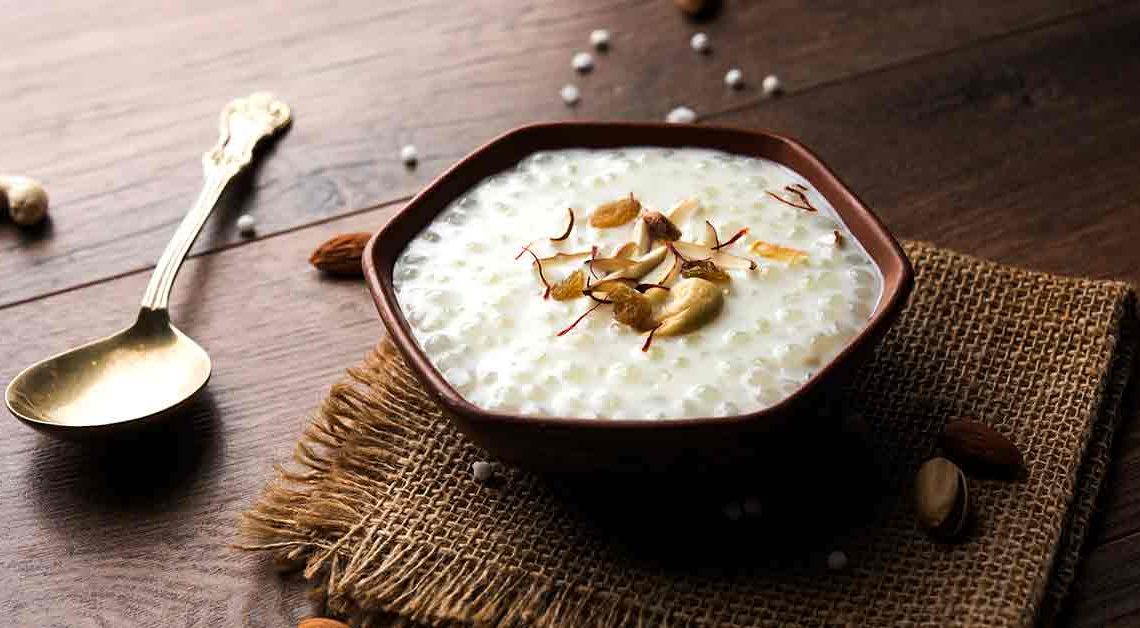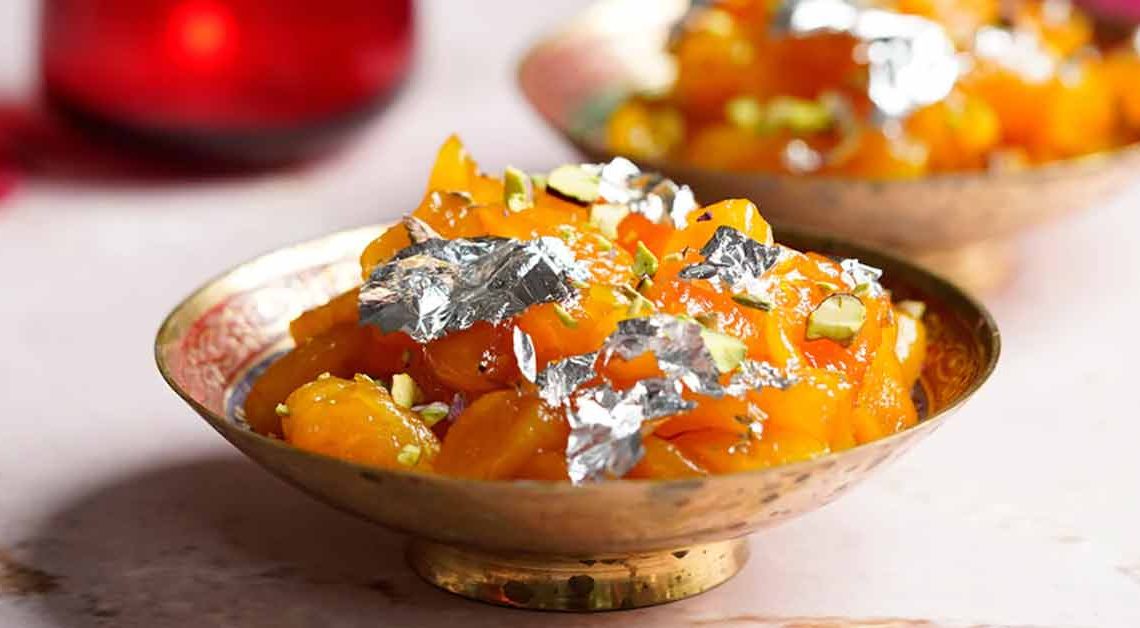Kaju Katli: The Richest Barfi

Kaju Katli, also known as Kaju Barfi, is a mouth-watering Indian sweet that is loved by millions of people around the world. Made with cashew nuts, sugar, and ghee, this delicacy is a favorite at weddings, festivals, and other celebratory occasions.
But Kaju Katli is not just any ordinary sweet. It has a rich history and cultural significance that goes beyond its delectable taste. Legend has it that this sweet was first made in the royal kitchens of the Mughal empire and was served to the emperor and his guests. Over time, the recipe for this sweet was passed down from generation to generation, and it became a staple in Indian households.
Today, Kaju Katli is a symbol of love, joy, and prosperity. It is often given as a gift during Diwali, the festival of lights, and is also a popular sweet during weddings and other celebrations.
In this blog, we will explore the history, cultural significance, and nutritional value of the sweet. We will also take a deep dive into the recipe and explore different variations of this delectable sweet. So, if you are a Kaju Katli lover or just someone who wants to learn more about this iconic Indian sweet, then this blog is for you.
Origin of Kaju Katli
The origins of Kaju Katli can be traced back to the Mughal era in India. The Mughals were known for their love for sweets, and they brought with them a variety of sweet dishes from Persia, including Halwa, Barfi, and Gulab Jamun. The Persian word ‘barf’ means snow, and Barfi got its name from its snowy-white appearance. In India, Barfi evolved into various forms, one of which was Kaju Barfi.
Kaju Katli was first made in the city of Lucknow, which was known for its rich culinary culture. The sweet was made by grinding cashew nuts into a fine paste and mixing it with sugar and ghee (clarified butter). The mixture was then cooked on a low flame until it thickened and could be shaped into small, diamond-shaped pieces. The diamond shape was inspired by the shape of the Kohinoor diamond, which was owned by the Mughal emperor at the time.
Over time, Kaju Katli became popular throughout India and is now one of the most loved sweets in the country. It is also exported to other countries and is a popular Indian sweet among the Indian diaspora.
History of Kaju Katli
Kaju Katli is said to have been invented in the 16th century by a famous chef named Bhimrao, who worked for the royal family of the Maratha Empire. The Marathas were known for their love of sweets, and Bhimrao was tasked with creating a new dessert that would impress the royal family.
According to legend, Bhimrao was inspired by a Persian sweet called “Halwa-e-Farsi,” which was made with ground almonds and sugar. He decided to create his own version using cashews, which were abundantly available in the region.
Bhimrao’s creation was an instant hit with the Maratha royals, who named the sweet “Kaju Katli” in honor of its two primary ingredients – “Kaju” meaning cashews and “Katli” meaning thin slices.
Over time, Kaju Katli became a popular sweet not just in Maharashtra, but in other parts of India as well. It is now considered to be one of the most iconic Indian sweets and is an essential part of every celebration, from weddings to festivals.
Cultural Significance of Kaju Katli
In India, sweets are an integral part of the culture, and they are often associated with important events and celebrations. Kaju katli is no exception, and it is often served at weddings, festivals, and other special occasions.
In Hindu culture, It is often associated with the festival of Diwali, which is also known as the festival of lights. During Diwali, people light lamps and decorate their homes with lights and flowers. They also exchange sweets with their friends and family members as a symbol of love and goodwill. It is one of the sweets that is commonly exchanged during Diwali.
Kaju katli is also associated with the concept of gifting. In India, it is customary to give sweets as a gift during weddings, baby showers, and other important events. It is a popular choice for such occasions because it is delicious, easy to transport, and has a long shelf life.
Where Kaju Katli is Famous?
Kaju katli is one of the most popular sweets in India and is enjoyed by people of all ages. It is particularly popular in the northern regions of the country, where it is often served during weddings and other special occasions.
In recent years, It has also become popular in other parts of the world, particularly in countries with large Indian populations. It can now be found in Indian restaurants and specialty food stores in many countries, including the United States, Canada, and the United Kingdom.
Interesting Facts and Trivia Related to Kaju Katli
- It is also known as Kaju Barfi.
- The name Kaju Katli comes from two words, ‘Kaju,’ which means cashew in Hindi, and ‘Katli,’ which means slice.
- It is believed that this sweet originated in the royal kitchens of the Mughals in India.
- It is a very popular sweet during festivals and celebrations in India, especially during Diwali and Raksha Bandhan.
- The shape of this sweet is usually a diamond or a square.
- The texture of this sweet is soft and chewy, and it melts in the mouth.
- It is a gluten-free sweet, which makes it suitable for people with gluten intolerance. It is a great dessert option for vegans since it doesn’t contain any dairy products.
- The main ingredients used in Kaju Katli are cashews, sugar, and ghee.
- It is a high-calorie sweet and should be consumed in moderation. It is high in protein and healthy fats, making it a good snack option.
- The shelf life of this sweet is about two weeks when stored in air-tight containers.
- It is a traditional sweet that has been around for centuries.
- In India, It is often given as a gift during weddings and other celebrations.
- It is a popular sweet in other countries like Nepal, Sri Lanka, and Bangladesh.
- The making of this sweet involves a long and intricate process.
- The cashews used in this sweet are first roasted and then ground into a fine powder. The cashew powder is then mixed with sugar and cooked on low heat until it forms a dough-like consistency. The dough is then rolled out into a thin sheet and cut into diamond or square shapes.
- It is often decorated with edible silver foil on top.
- Cashews used in this sweet are a good source of minerals like copper, magnesium, and phosphorus.
- It is also a popular sweet in other parts of the world, including the Middle East, Africa, and Europe.
- The texture of this sweet is similar to that of marzipan.







